Climate Change Adaptation
WHEAT has invested in science that equips wheat farmers for more extreme and erratic weather. This work includes breeding more climate change-resilient wheat varieties, utilizing space agency data to guide research, and developing crop management strategies that help farmers conserve resources.
